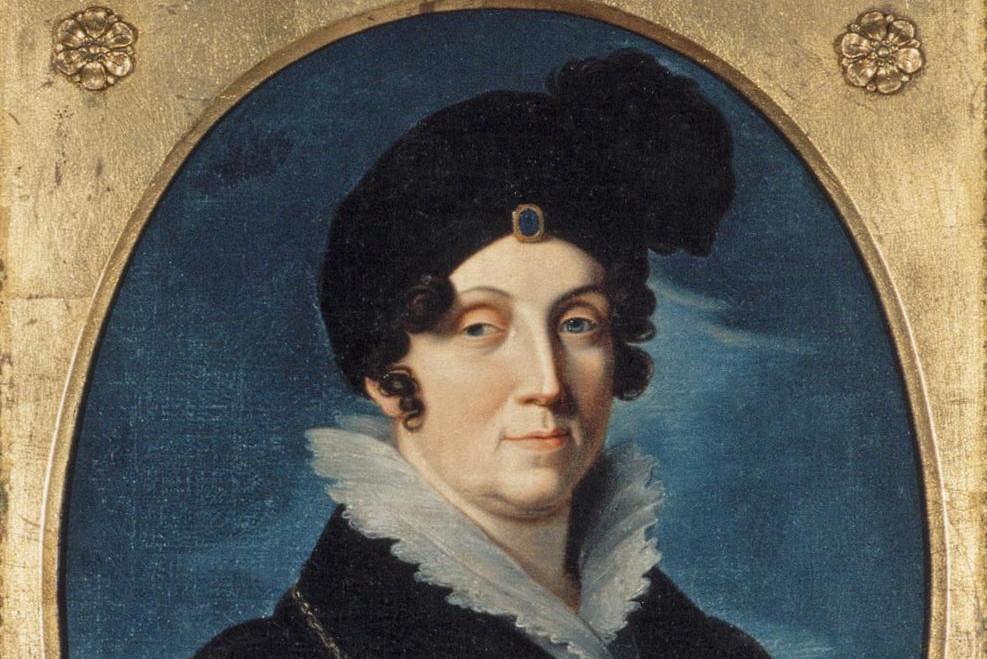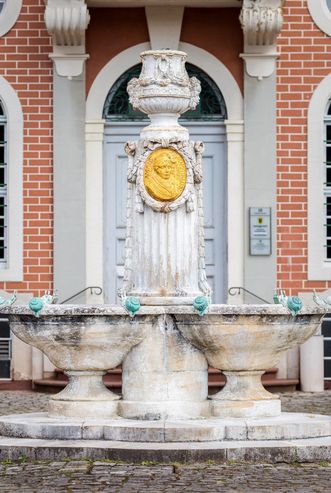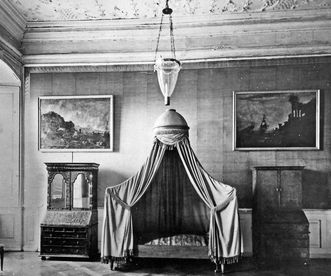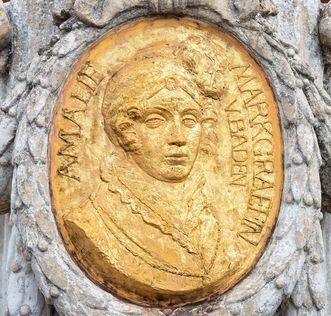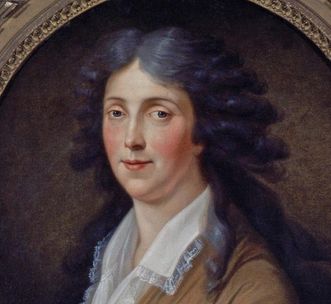"Mother-in-law of Europe"
Amalie (1754–1832) was the widow of the Crown Prince of Baden, Karl Ludwig. After the marriage of her son Karl to Napoleon's adoptive daughter Stéphanie de Beauharnais, she lost her rank as the first lady of the court of Baden in 1806 and retreated to Bruchsal. The palace served as her dower house until her death. She was famous as the "mother-in-law of Europe." Five of her daughters married important royalty, including the kings of Bavaria and Sweden and the Czar of Russia. Amalie's Fountain, constructed in front of the solicitors' building in 1912, is in remembrance of her.



